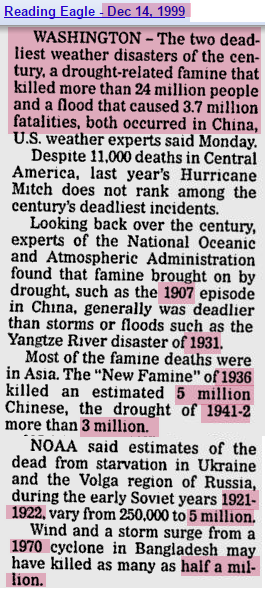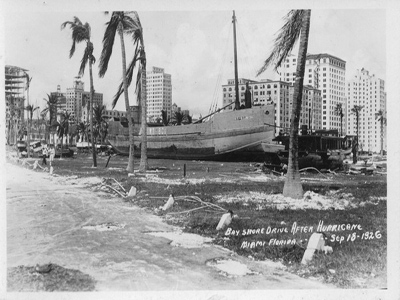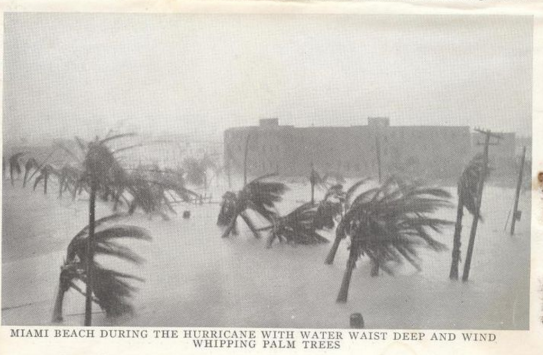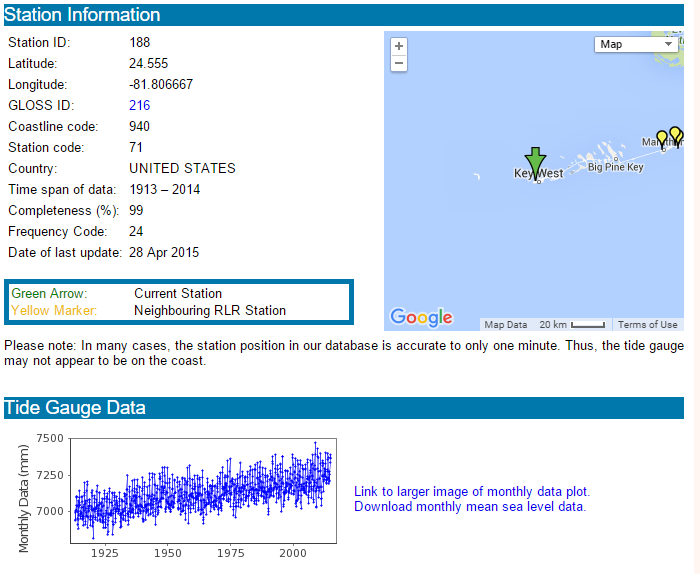President Obama says that we need to turn control of America’s future over to the UN, in order to prevent street fishing in Miami.
“I think that as the science around climate change is more accepted, as people start realizing that even today you can put a price on the damage that climate change is doing – you know, you go down to Miami and when it’s flooding at high tide on a sunny day and fish are swimming through the middle of the streets – you know, that there’s a cost to that,” Obama said at the Paris climate talks.
Do fish really swim in Miami’s streets? Well, not exactly | Miami Herald
A flood killed 3.7 million people in China in 1931, and a drought killed 24 million people in China in 1907. But those can’t compare with the severity of imaginary street fishing in Miami.
In 1926, they did some serious street fishing in Miami.
But none in 2015.
While Miami Beach has certainly suffered from sunny-day floods during high tides, recent reports about fish swimming in the street have come from further north in Broward County and are far from widespread. No one’s pulling out their fishing rods on the road.
Sea level in Florida has been rising at a steady rate since CO2 was 300 PPM. People who claim that lowering CO2 will slow down sea level rise in Florida, are either idiots or liars.






This is one of those urban legends that will not die…..
When the roads were built….they knew they would flood at King tides. It was decided that it wasn’t worth putting tons of money into it to raise the roads and correct the drainage for something that only happens 1-2 times a year. Miami beach was not developed…and planned mostly residential…low traffic…at the time. Miami didn’t want to spend the money.
The fish swimming in the roads came from fresh water fish swimming in the road after floods in Ft. Lauderdale. Ft. Lauderdale/Hollywood floods every time there’s a sprinkle.
…and of course, those urban legends trick stupid people
Besides all that, Miami cares so much about sea level rise that they discontinued keeping a tide gauge record in 1980
http://www.psmsl.org/data/obtaining/stations/363.php
The roads in Columbia South Carolina also were built so they flooded when ever there was a major thunderstorm (most afternoons for rush hour traffic) I lived there during the ‘Ice Age Scare’ years in the early 1970s. I finally gave up and brought a book to work to while away the time waiting out the storm and the time it took for the flood waters to go down.
My first clue was “you know” at the start of most sentences.
OT, but this will upset a few of the alarmista cultists and psychophants.
http://notrickszone.com/2016/01/03/new-paper-by-renowned-sea-level-expert-nils-axel-morner-calls-agw-a-new-religion-built-on-false-premises/#sthash.4gfkfK1E.dpbs
Heavy rain, causing floods in UK, USA, Qld (Australia), several South American countries.
A lot of energy leaving the system because of this El Nino.
The following La Nina could be quite interesting !!
Buy blankets.
Add Philippines etc
Also buy electric generators. (We now have two) Expect the grid to overload as coal plants are shut down and NIMBYs keep replacement gas and nuclear power plants from being built.
Doubt that will happen down here.
We have a good conservative government in NSW at the moment, and they know that shutting down the coal fired power would be complete idiocy.
My Provider is Duke Energy and they lent the Obama campaign $$$. They also blew up the coal plant near me. It looks like Duke is closing nine or so plants in or near NC and building wind and solar.
http://instituteforenergyresearch.org/wp-content/uploads/2012/08/CoalRetirementsMap.png
It looks like the mid-Atlantic on either side of the Appalachians is going take the brunt of the shut-downs. We already had our transformer out on the street blow , taking out my frig, freezer, microwave and setting fire to our battery back-up surge protector.
If we get a real prolonged cold spell through that area there just isn’t enough capacity left thanks to the Criminal in DC.
Gail,
Do you know what TVA is up to on the electricity generation front?
No, I haven’t chased that down. I do know the eco-nuts are pushing the removal of dams with quite a bit of success.
There is this from the Gov’t:
http://www.eia.gov/todayinenergy/images/2011.08.15/Hydrootherrenw.png
By region
http://www.eia.gov/todayinenergy/images/2011.08.15/HydroReg.png
http://www.eia.gov/todayinenergy/images/2011.06.10/hydro_pageTwo.png
From 2011 Hydroelectric power resources form regional clusters “…6-9% of U.S. electric generation was produced by hydropower between 1998 and 2009, depending on water availability….”
Hydro is not being added according to this chart
http://www.eia.gov/todayinenergy/images/2014.09.09/main.png
Noth Carolina is losing coal plants and gaining solar at least in the first half of 2014 (rolls eyes)
http://www.eia.gov/todayinenergy/images/2014.09.09/chart2.png
This is a bit of a worry too. Again from Gov’t May 2014 Projected electric capacity additions are below recent historical levels
http://www.eia.gov/todayinenergy/images/2015.05.11/main.png
Here is what is being closed as of 2012. (The list has expanded.)
http://instituteforenergyresearch.org/wp-content/uploads/2012/08/CoalRetirements.png
http://instituteforenergyresearch.org/wp-content/uploads/2012/08/CoalRetirementsTable.png
POWER PLANT RETIREMENT LIST
Meanwhile in Venice the canals are drying up. Nice trick blaming it on low rainfall when they’re at sea level.
http://nuovavenezia.gelocal.it/venezia/cronaca/2015/12/27/news/bassa-marea-record-venezia-all-asciutto-1.12679954
http://www.thelocal.it/20151230/record-low-tide-dries-venices-famous-canals
They need to ask the Dutch. They are the real experts on sea level and they have found the cycle.
You know you’re BS’ing when you have to make up crazy stories to promote your agenda. Steven Schneider would be so proud.
Obooboo talks … why would anyone listen?
I’ll see your fish and raise you a croc !
In the 2011 flood in Ingham North Queensland a crocodile was swimming through the flooded streets in the centre of town. So what – these things happen during floods – the fish aren’t invading !